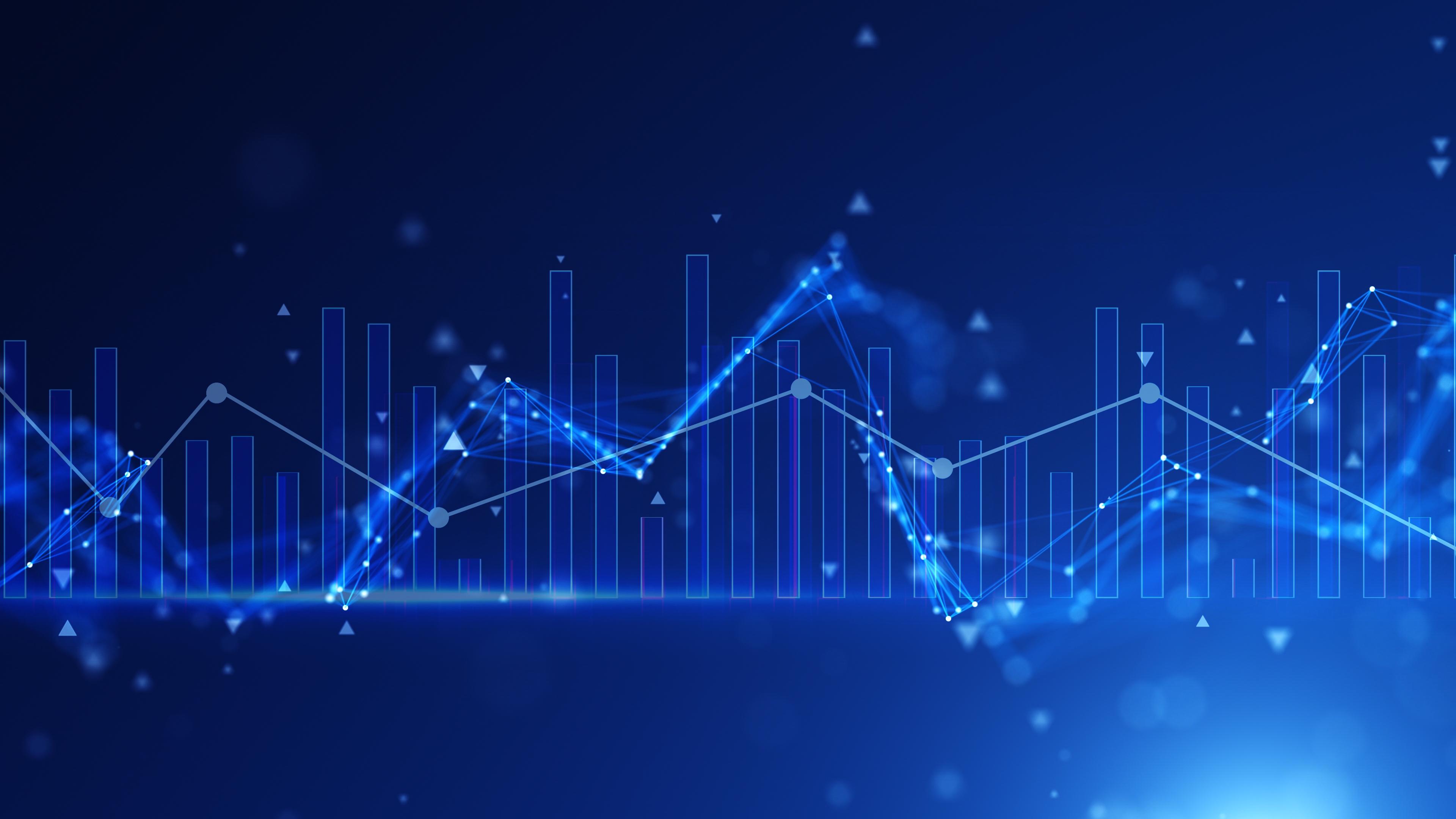Previous blog posts have talked about the immutability of data stored in ArcticDB as a means of optimising performance, improving horizontal scalability, and preventing data corruption. Another consequence of this immutability is the option to “time travel” back to earlier versions of a symbol. This is also known as “bitemporality” in the use case where the symbol being stored has a datetime index, as you can retrieve data not only for a specific date-range in the latest version of the symbol, but also from an older version as it looked at a particular point in time.
So why is this useful? Let’s work through a toy example of a real life use case to demonstrate what makes this feature so powerful.
Let’s say you are ingesting data from a data vendor, and each day they provide CSV files containing the open, close, high, low, volume, and trades data for every minute of live trading for a universe of securities for that trading day:
with open("AAPL_2024-01-01.csv", "r") as f:
daily_df = pandas.read_csv(f, index_col="datetime")
lib.append("AAPL", daily_df)
print(lib.read("AAPL").data) open close low high volume trades
datetime
2024-01-01 08:00:00 0.758089 0.339878 0.781040 0.098037 0.134402 346
2024-01-01 16:29:00 0.221275 0.773076 0.321803 0.586879 0.250758 201where I have just included the first and last minutes of the day here to keep the size of data involved down, and the values are randomly generated. The general flow each day will look like the above for each security in the universe. However, the data vendor may also sometimes restate data for earlier time periods to correct errors in the original data provided. Let’s assume that we have standard daily data for the first 3 days of 2024:
open close low high volume trades
datetime
2024-01-01 08:00:00 0.758089 0.339878 0.781040 0.098037 0.134402 346
2024-01-01 16:29:00 0.221275 0.773076 0.321803 0.586879 0.250758 201
2024-01-02 08:00:00 0.543514 0.121713 0.908510 0.859530 0.673515 810
2024-01-02 16:29:00 0.363511 0.506118 0.445974 0.031269 0.743444 665
2024-01-03 08:00:00 0.054882 0.319868 0.520630 0.986617 0.812310 847
2024-01-03 16:29:00 0.237748 0.932168 0.990305 0.026718 0.109527 527Then on the fourth day, the vendor provides both the usual daily data, and restates the data for 2024–01–02. Writing the data to ArcticDB will now include code such as:
with open("AAPL_2024-01-02_restatement.csv", "r") as f:
restated_df = pandas.read_csv(f, index_col="datetime")
lib.update("AAPL", restated_df)
print(lib.read("AAPL").data) open close low high volume trades
datetime
2024-01-01 08:00:00 0.758089 0.339878 0.781040 0.098037 0.134402 346
2024-01-01 16:29:00 0.221275 0.773076 0.321803 0.586879 0.250758 201
2024-01-02 08:00:00 0.726245 0.209358 0.382218 0.652552 0.060542 452
2024-01-02 16:29:00 0.912180 0.317210 0.460713 0.581922 0.330218 642
2024-01-03 08:00:00 0.054882 0.319868 0.520630 0.986617 0.812310 847
2024-01-03 16:29:00 0.237748 0.932168 0.990305 0.026718 0.109527 527
2024-01-04 08:00:00 0.813585 0.571894 0.813374 0.598003 0.542102 184
2024-01-04 16:29:00 0.808495 0.375533 0.665888 0.847430 0.885961 245 open close low high volume trades
datetime
2024-01-01 08:00:00 0.758089 0.339878 0.781040 0.098037 0.134402 346
2024-01-01 16:29:00 0.221275 0.773076 0.321803 0.586879 0.250758 201
2024-01-02 08:00:00 0.543514 0.121713 0.908510 0.859530 0.673515 810
2024-01-02 16:29:00 0.363511 0.506118 0.445974 0.031269 0.743444 665
2024-01-03 08:00:00 0.054882 0.319868 0.520630 0.986617 0.812310 847
2024-01-03 16:29:00 0.237748 0.932168 0.990305 0.026718 0.109527 527will show us the data exactly as it looked immediately after the append on 2024–01–03. This then begs the question, how do we know which version to read?
will retrieve the same data as requesting version 2.
In the trivial example given here, there is no benefit to using snapshots over timestamps. However, in the case where symbols are being modified continuously, and trading decisions are based on multiple symbols rather than just one, snapshots offer a way to refer to a set of symbol-version pairs exactly as they were, without having to worry about details such as clock-skew.
Time travel in ArcticDB

Alex Owens
Apr 12, 2024


Aug 19, 2025
Unlocking the Winning Formula: Sports Analytics with Python and ArcticDB
Discover how Bill James' famous Pythagorean Won-Loss formula predicts team success. This deep dive uses ArcticDB to uncover key insights for winning.

Mar 21, 2025
Our Man Group case study: Generating alpha and managing risk at petabyte scale using Python.
This blog explores how ArcticDB is transforming quantitative research by overcoming the limitations of traditional database systems.

Elle Palmer